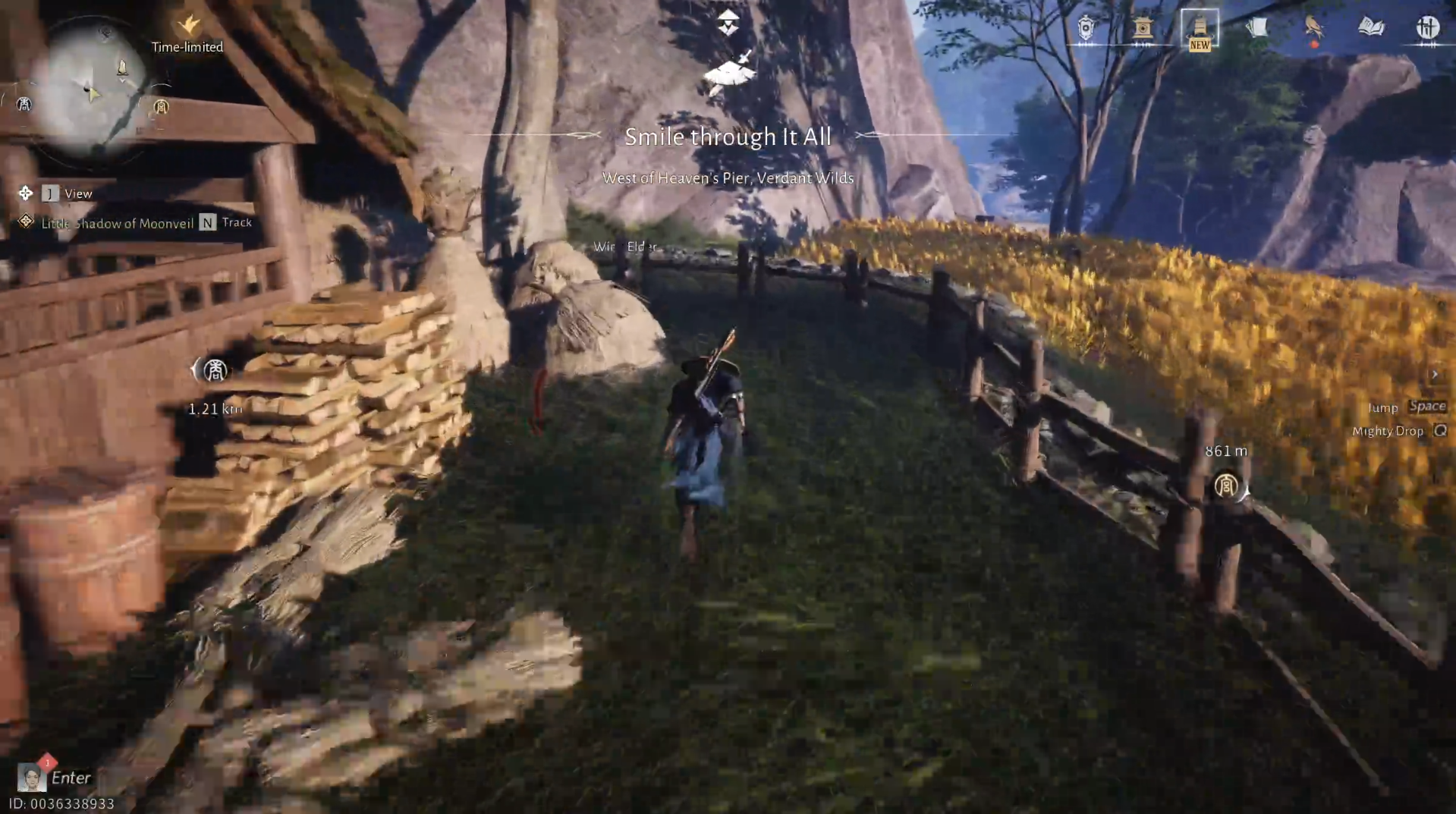Ever wonder what Block Height refers to in blockchain?
Nascent crypto-enthusiasts and would-be investors have a lot of jargon to contend with. Aside from the basic fundamental concept of blockchain, the different consensus algorithms that keep them secure, the basics of crypto security and the trials and tribulations of purchasing, exchanging, and cashing out different cryptocurrencies in your respective region, anybody looking to get a decent handle on cryptocurrency and blockchain have their work cut out for them. Luckily, we’re here to make it easy.
Down below will explain exactly what block height is in a blockchain, where the term comes from, and why it’s important to know.
Related: What Does Non-Fungible Mean?
What is Block Height in Blockchain?

A blockchain, as the name suggests, is a sequence of blocks that contain a certain amount of transactional data and together serve as a public ledger of a blockchain’s entire transactional history. Put simply, Block Height refers to either the location of a specific block in the blockchain relative to the first block or as a measure of the entire block chain’s length.
Take, for example, the Bitcoin blockchain. Like any blockchain, its very first block is known as the “Genesis Block,” which itself sits at a block height of 0 — kind of like the ground floor of a building. As part of the Proof of Work consensus algorithm that the Bitcoin Blockchain uses to validate transactions and add them to the blockchain, Bitcoin miners race to solve computationally-intensive cryptographic puzzles that, once solved, produce the accurate record of the transactions. These records are grouped together in 1MB-sized “blocks” of data before being “solved” together and permanently added to the ledger in chronological order —hence the term “Blockchain.”
At the time of this writing, the total height of the Bitcoin Blockchain sits at just over 676,000. This means that there have been 676,000+ blocks of transaction data mined on top of the genesis block since Bitcoin first went live in 2009. This way, block height is often used to identify a specific block within the chain and is essentially synonymous with the block number.
Related: Where To Buy NFT
How Many Transactions in a Block?

One Bitcoin block, totaling around 1MB in size, contains an average of 500 transactions alongside a host of other data including Block metadata, block identifiers like its unique hash and hash of the previous block, and another element called Merkle Trees which serve as something like a summary of the transactions within a block. Users who are interested in examining a specific block or transaction at any height in the chain can use a blockchain explorer, which there are many available on the Internet.
Because a block is merely a container file for transaction data, different blockchains can delimit the total size of a singular block to whatever they deem fit for operational purposes. Bitcoin Cash for example increased the block size from 1 MB to 8 MB and eventually 32 MB in order to address some of the scalability issues inherent to the first generation blockchain, particularly slow transaction speed and disproportionately high transaction fees.
Related: What Is Coin Burning?
How Often Are New Blocks Added?

A new block is added to the Bitcoin blockchain roughly every 10 minutes. The system was in fact designed to maintain an approximately ten-minute buffer between blocks by Satoshi Nakamoto in order to give other miners on the network, competing to add the latest block, time to register that the new block has been added and quit expending resources on mining an already validated block.
There is no magic number; this was just the number that Satoshi Nakamoto judged as the best balance between promoting speed and reducing computational waste within the network.
It takes roughly 1 minute for other nodes on the network to register that a new block has been added. During this time, miners on the network continue to expand the computational energy required to guess the answer to the cryptographic puzzle at the heart of the proof of work consensus algorithm. That means roughly 1 minute out of every 10 minutes constitutes wasted energy. Reducing the time between blocks would increase the speed of the network but also, proportionately increase waste.
To maintain this 10-minute buffer, the “difficulty” of the cryptographic puzzles is automatically adjusted according to the amount of computing power on the network. This way, whether fewer miners with lesser overall power are competing or the network is at peak mining competition, the cryptographic puzzles take roughly the same amount of time to solve.
And that’s pretty much all there is to block height and where the term comes from. If you still have any questions, feel free to shoot ’em at us in the comments below.
RELATED













Discussion